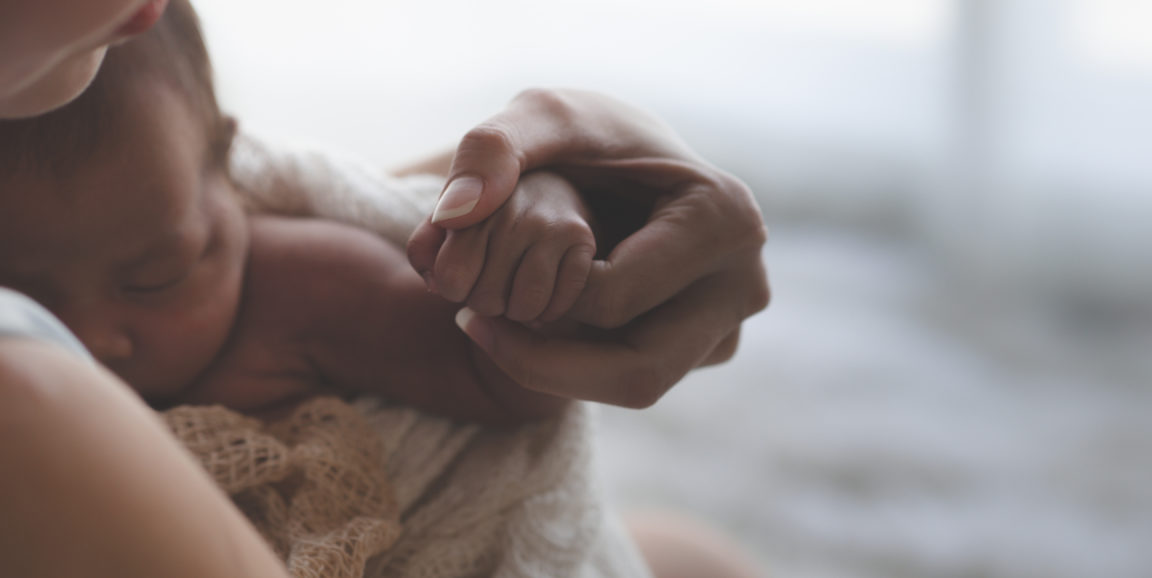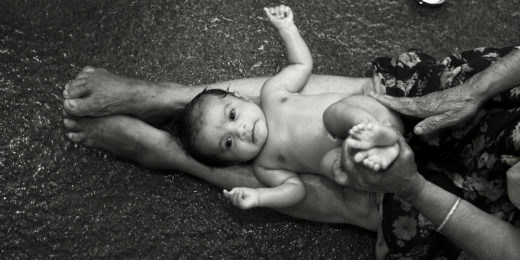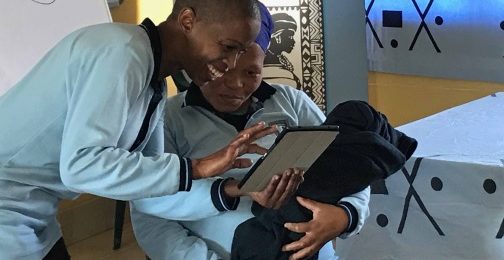The World Health Organization has updated its guidelines for the care of premature and low birthweight babies, recommending, among other practices, more involvement for families, oil massages and wider use of skin-to-skin contact.
Eleven of the 25 recommendations, which were published this week by the WHO and commented on in The Lancet, are new, driven by recent advances in neonatology as well as social sciences research. The recommendations will be used everywhere, in low-, middle- and high-income countries throughout the world.
"When these recommendations are put into place, the evidence is tremendous that the changes will save many babies' lives and improve global health and development, as well as save health care resources," said global health expert Gary Darmstadt, MD, professor of pediatrics and co-principal investigator of the Prematurity Research Center at Stanford Medicine.
Darmstadt co-chaired a group of international experts who developed the new guidelines. When I heard he spearheaded this project, I was curious: How does a huge body of scientific literature get boiled down into succinct advice that doctors and families can use to care for millions of newborns around the world?
Addressing a need
About 11% of babies born each year (15 million infants worldwide) arrive prematurely, three or more weeks before their due date. About 20 million babies per year, including most preemies, have low birthweight, weighing less than 5 pounds and 5 ounces at birth. Both preemies and low birthweight infants can face medical challenges, including increased risk for breathing and digestive problems, infection, poor growth, jaundice and difficulty regulating their body temperatures. Some do not survive: Prematurity leads to nearly a million deaths per year.
The good news is that in the last several years, researchers have conducted many trials of simple, low-cost medical techniques that improve outcomes for these high-risk newborns. The WHO's new recommendations summarize this body of research into actionable guidelines. Among other changes, they've endorsed a front-and-center role for families, especially parents, in every aspect of their babies' care and medical decision-making; emollient therapy, or gentle massage with specific types of oil that protect babies' skin; use of probiotic supplements for gut heath; use of caffeine for prevention and treatment of breathing problems known as apnea; use of CPAP (continuous positive airway pressure) immediately after birth; and wider use of kangaroo mother care, during which parents hold newborns skin-to-skin to keep them warm, promote breastfeeding and help protect them from infections.
Getting the care of a vulnerable infant right in the first few days, weeks and months of their life can make an enormous difference, Darmstadt said. "In some cases, longer-term benefits have been documented for babies who receive interventions like kangaroo mother care -- things like better school performance and higher adult earning potential when they grow up," he said. "The potential for impact is really profound."
From scientific data to useful guidelines
Darmstadt and neonatologist Vinod Paul, MD, with the National Institution for Transforming India, New Delhi, India, co-chaired a guideline development group selected by WHO officials, including pediatricians, neonatologists, obstetricians, nurses, epidemiologists, social scientists, midwives, parents of preterm infants and representatives of parent groups, and experts in global health care. Team members were drawn from more than 20 countries on every continent except Antarctica, including low-, middle- and high-income countries.
"People from all over the world want to know that the panel included someone who understood their situation," Darmstadt said. The group had to be sure the guidelines would succeed in every setting, he said, adding, "the discussions were very rich; we tried to take a comprehensive range of considerations into account."
In late 2020, the team began reviewing scientific advances, including evidence that had emerged since the last round of WHO guidelines for high-risk preterm infants was published in 2015. They looked for medical practices that improved the well-being of preemies and low-birthweight babies, had few risks, and could be scaled to every one of these babies born worldwide. The team discussed all the medical evidence in detail, evaluating 28 possible interventions for preterm or low birthweight infant care and ultimately recommended 25 of them to the WHO.
"We filled in a framework to evaluate the strength of the evidence: How certain are we about a recommendation? What is the balance of benefits and potential harms? What are the costs and the implications for equity? How feasible is it and how acceptable to families and health workers? What is the precise wording that will make the recommendation understandable and actionable?" Darmstadt said.
Better inclusion for families
The new guidelines expand existing recommendations for kangaroo mother care, now stating it should start right after birth, worldwide, for all but the very sickest preterm or low birthweight infants, such as those who need to be on ventilators. This has important implications for keeping the mother and baby together at all times.
A particularly ground-breaking, related addition to the guidelines was a new recommendation that parents and other family members actively participate in the care of sick and small newborns, which was paired with a recommendation that families should be actively supported, through home visits and other means, in this role, Darmstadt said. This extends the recommendations beyond a focus on medical interventions to the way care is provided. "There are now statements from the WHO saying, 'You've got to make room for families. They are critical providers of care for preterm infants," he said.
The guidelines state that mothers and fathers should help provide direct routine bedside care - not currently a standard practice in all neonatal intensive care units - and should be part of all of their baby's medical decisions. They also recommend culture and infrastructure changes at hospitals, such as providing rooms where mothers and babies can stay together, and visits from trained medical providers after high-risk infants go home from the hospital.
The recommendations make physicians and nurses accountable to babies' parents: "You need to include them in all decision making and care for their infant, and respect that they are the parents and you are doing this together," Darmstadt said.
The new approach to family care is a 180 from where it was 60 years ago, when parents were excluded from hospital nurseries for sick babies. Decades ago, a Stanford team was among the first to publish research on the benefits of including parents in babies' care, such as better early bonding between moms and babies.
When the recommendation to include families was finalized, the experts all clapped and cheered, Darmstadt said. He's excited that many months of painstakingly filtering through research findings will improve the lives of real people - newborns born too small and too soon, and their parents - around the world.
"This process showed us that we need to rethink the medical system," he said, adding that this applies to every iteration of the medical system, from rural villages in developing countries where medical care might be limited to a skilled birth attendant to high-tech hospitals with sophisticated neonatal intensive care units. "The system needs to shape itself to deliver what we know works for vulnerable babies and their families."
Photo by xreflex






